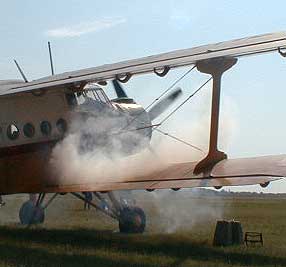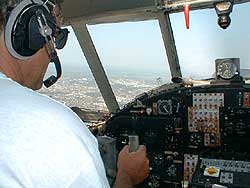 Home
Home
Hide menu
COMPS
Individual
National teams
Classic classes tasks and task results
PF and PL tasks and task results
More PPG Photos
Links to photos and other stuff
Classics photos
PF & PL winners
The opening
PPG photos
The winners
Driving to the championships
Flying to the championships
Notams
Circuit pattern
Insurance
Entry forms (2)
Weather
Ferry Bookings
Flags and Anthems
Bulletin 1
Anti-doping
Notams
Trade Fair
Hotels
Location
Official logo
Site photos
Rules
Flight recorders
Team sizes
Fuel measurement
Bank details
Maps
Weight policy
Director's policy statement regarding the weight of microlights.

There has been no substantive change to the FAI Microlight definition since 1991 except a concession was made in the 2001 edition of Section 10 so an "ordinary pilot" weighs min. 84 Kg (down from 90) and parachute systems may be removed for the proof weighing and put back on afterwards. The 2003 edition includes an addition describing acceptable weighing equipment.
The following is exactly what will happen at Long Marston before the start of the championships:
Every microlight will be tested for conformity to the definition
exactly as written in S10, thus a 2 seat microlight must weigh less than 450 Kg
with
- The pilot or 84kg (whichever is greater)
- The co-pilot or 84kg (whichever is greater)
- Full fuel or 22 Kg (whichever is less)
If a parachute system is carried, this may be removed before weighing
and fitted again after weighing.
For quick reference, this is what S10 (Jan 2003 edition) says:
1.3 DEFINITION OF A MICROLIGHT AIRCRAFT
1.3.1 A one or two seat powered aircraft whose minimum speed at Maximum Take Off Weight (MTOW)
is less than 65 km/h, and having a MTOW of:
- 300 kg for a landplane flown solo
- 330 kg for an amphibian or a pure seaplane flown solo;
- 450 kg for a landplane flown with two persons
- 495 kg for an amphibian or a pure seaplane flown with two persons
Note. These definitions also apply to foot-launched microlight aircraft and microlight
aircraft with wings of a non-rigid structure.
1.3.2 PAYLOAD
For the purposes of establishing conformity with paragraph 1.3.1 above, the following payload
will be included.
- 84kg per seat
- Full fuel load, or 15 kg, whichever is less, when flown solo;
- Full fuel load, or 22 kg, whichever is less, when flown with two persons.
5.2.1 Weighing equipment.
The scales used to establish the weight of a microlight aircraft entering a competition, shall have an accuracy of not less than 0,2% when weighing up to 450 kg. The calibration of the scales shall have taken place within a year from the date of the weighing. All scales used shall carry a certificate indicating weighing accuracy and the time of the latest calibration of the scales. For records it is sufficient that the weighing rules of the airworthiness certifying body, of the country where the aircraft is registered, are followed.
5.2.2 Weighing.
When an aircraft is up on the scales for weighing, the reading of the scales give the weight of the aircraft. No deduction of the figures is allowed.

12 Dec 2002
Site design by